The Port Jefferson Village Board of Trustees held a public meeting on Monday, Aug. 15, to explore various issues related to parking, public spaces and upcoming programs.
Parking
Kevin Wood, the parking and mobility administrator, gave an hour-long presentation to the board on the state of parking in Port Jefferson. Wood was delighted to report that the addition of 25 parking spaces on Barnum Avenue has increased the village’s parking capacity for the first time in decades.
“By building that Barnum parking lot and dedicating those 25 spaces, we came up about 8% on managed parking,” he said.
Despite added capacity, conflict over space persists. Wood reported a recent physical altercation over a parking space, which he considered informative in seeing “how people value parking so much.”
Wood said his department has implemented new technologies to alleviate competition over spots. Today, over 70% of metered parking is done digitally using cellphones. Currently, the village uses 11 meters with over 100 QR-code touchpoints for its metered parking.
“If somebody actually wants to use a meter, they still can, but we keep pushing the pay-by-cell,” Wood said, adding that digitally metered parking has generated revenue for the village and has facilitated the payment process.
With regards to public safety, Wood reported that there are now security cameras covering all parking lots in the village 24/7. He also discussed the possibility of further modernization of parking through automatic license plate reading, which he considers a more efficient way to handle parking.
Wood believes that as the activities at the Village Center expand, there will be a greater need to direct out-of-town visitors on how to find parking options.
“I can’t create parking spaces where they don’t exist, but I really feel that … we should have a dedicated person just to help part time to be out on the street by the Village Center when there’s an event,” he said.
Trustee reports
Mayor Margot Garant reported that the board has entered into deliberations with members of the Masonic Lodge located on Main Street to potentially acquire that property. The Freemasons are interested in deeding the property to the village, according to the mayor.
Motivating this transfer of the property is the Freemasons’ desire to preserve the historic character of the building and to promote community-minded use of the facilities there, she added. For these reasons, Garant advocated converting the lodge into a theatrical education studio used almost exclusively for those purposes.
Deputy Mayor Kathianne Snaden, the trustee liaison to the planning department, reported that during a recent meeting of the Port Jeff Planning Board, some members expressed concerns over plans for the Six Acre Park. Relaying the comments of the members in attendance, Snaden said: “They’re looking for, in a nutshell, more of an active-type park. They’re concerned about the density of the apartments uptown, how many more bodies are up there and the need for active space.”
Responding to these comments, Garant said that a grant search has already been conducted and that one grant under consideration “would be perfect” for moving forward “with the plan as we have adopted for the Six Acre Park.”
“Put it in a memo or make it part of some other formal presentation to us because the Board of Trustees has adopted the vision presented and I think we’re pretty firm on that,” the mayor advised the Planning Board.
Snaden and trustee Rebecca Kassay both reported their coordinated beautification efforts through the replacement of dead and dying street trees villagewide.
“I walked around and made maps of where all the dead or dying trees are,” Kassay said. “We had a great meeting about the next steps … looking at which native trees might provide color and blossom and things like this.”
Kassay also reported that there will be a free public program for the Beach Street Community Garden on Wednesday, Sept. 7, at 6:30 p.m.
Trustee Lauren Sheprow reported the progress made toward the new Recreation and Parks Committee. A draft charter for the committee is currently in the works, and Sheprow has already received recommendations for volunteers and is hoping for more in the near future.
The Board of Trustees will reconvene Tuesday, Sept. 6, for a public meeting at 5 p.m. at Village Hall.

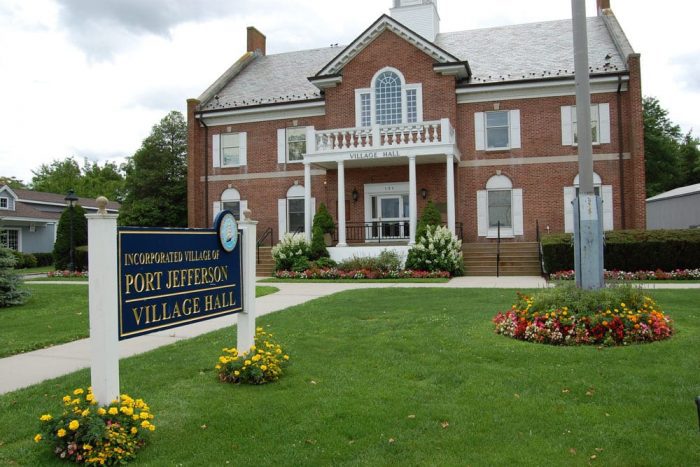








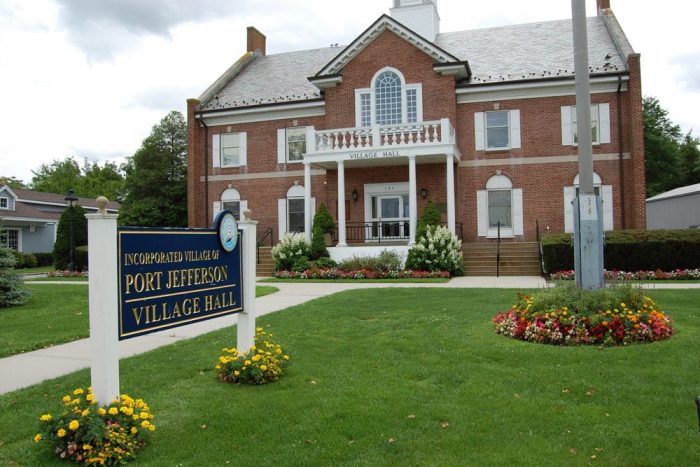

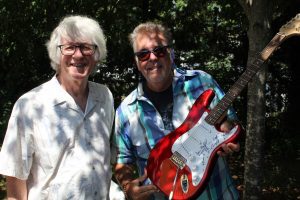
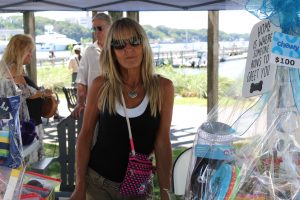
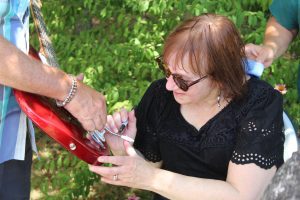
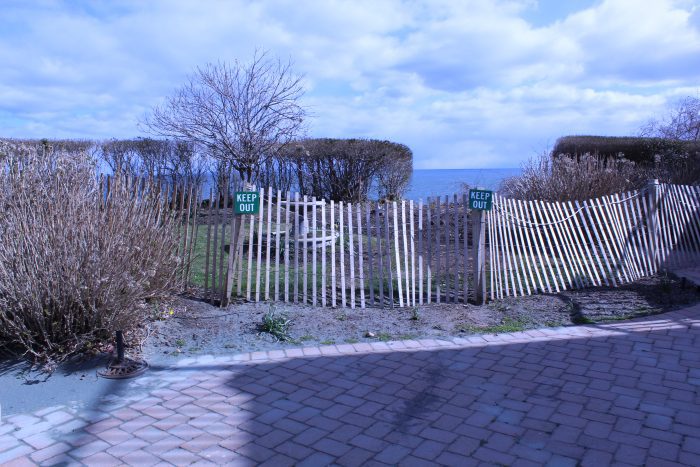

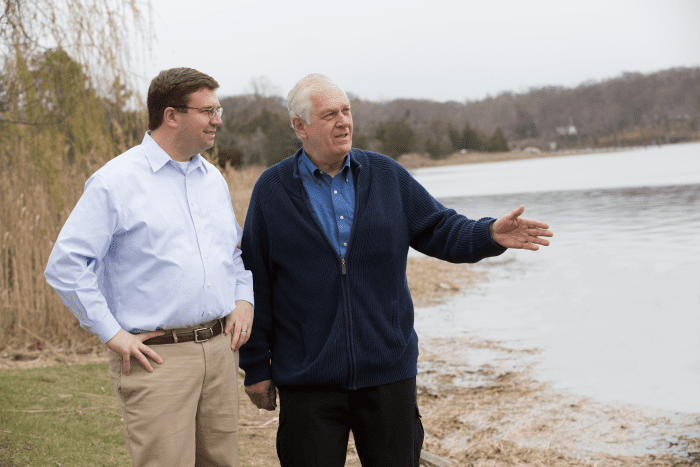
 Last week, Setauket’s David Calone announced his intention to run for county executive on the Democratic ticket in 2023. Due to term limits, Steve Bellone (D) will not be running.
Last week, Setauket’s David Calone announced his intention to run for county executive on the Democratic ticket in 2023. Due to term limits, Steve Bellone (D) will not be running.


